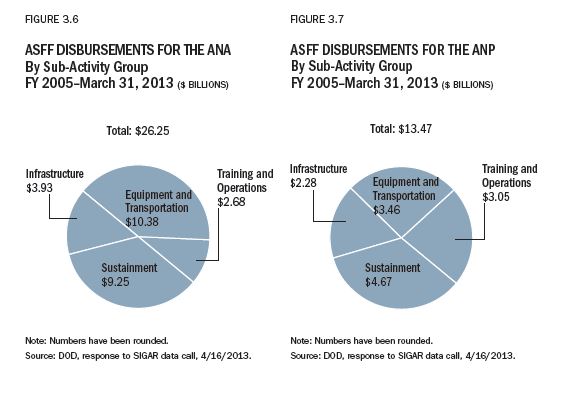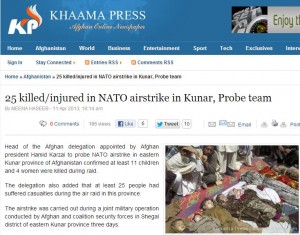NATO Supply Convoy Attacked in Pakistan Again
The last time I addressed the transit of NATO goods through Pakistan, I noted that NATO is now facing similar problems with convoys as goods are removed from Afghanistan to those seen previously while sending supplies to Afghanistan through Pakistan. There was a new incident with a NATO convoy today, and this time it appears that the strike was once again on supplies as they headed into Afghanistan near the Khyber Pass.
AP puts the death toll from today’s strike at four, but both Dawn and BBC say six have been killed. The most striking aspect to the attack, though, is that both AP and BBC report that the attackers wore local police uniforms. Further, local authorities were the ones who relayed this information to the news organizations. From the AP report:
Militants dressed as policemen and armed with assault rifles and rockets attacked a NATO convoy in Pakistan carrying supplies Monday for the U.S.-led coalition in neighboring Afghanistan, killing four people, officials said.
/snip/
In Monday’s attack, the militants emerged from the mountains and lobbed rockets at the NATO trucks, setting fire and completely burning two vehicles, said local official Iqbal Khan.
The militants wore local police uniforms and the four dead included truck drivers and their assistants, he said.
The attack took place in the Jamrud area of the Khyber tribal region, through which runs the main route into Afghanistan for the supply trucks. The trucks’ journey often begins from the southern port city of Karachi.
Government official Jehangir Azam told DunyaNews TV that around 15 heavily armed militants were involved.
BBC adds to the size of the group carrying out the attack and places the attack into context for recent similar events:
Officials say that between 15 to 20 men dressed in local police uniform fired at the lorries, killing the drivers and some of their helpers.
Violent attacks against Nato supply trucks are not uncommon in the Khyber region, says the BBC’s M Ilyas Khan in Islamabad.
Over the last few months, at least 10 people have died and more than 15 trucks have been damaged in similar attacks, our correspondent adds.
The AP story noted further that the materials being transported included an ambulance.
The use of local police uniforms is especially striking to me. With Pakistan’s government transition continuing and the new government moving within 24 hours to summon the US envoy over Friday’s drone strike, the question becomes whether local police themselves were involved in the attack or if they at least provided uniforms and weapons to the attackers.
The fate of convoys both entering and leaving Afghanistan will be worth watching closely in the near term to see if these attacks accelerate or if more evidence of local police involvement emerges.



